CSU to make Ebola, Marburg vaccines to support human trials
by Kortny Rolston | October 27, 2014 8:20 AM
Endnotes:
- BioMARC,: http://biomarc.colostate.edu/
- [Image]: http://source.colostate.edu/wp-content/uploads/2014/10/Ebola-Vaccine-Graphic.jpg
- Reporter pkg with track: https://vimeo.com/109977238
- Pkg script and graphic info: http://source.colostate.edu/wp-content/uploads/2014/10/Ebola-BioMARC-script.docx
- Nat sound pkg: http://vimeo.com/109754475?email_id=Y2xpcF90cmFuc2NvZGVkfDFmMWI5ZjdlOGQ2MGQzMzdhZmE5Y2YyZWI1ZWJlZGQ5MjQ5fDEzMzYzMDkwfDE0MTQwMjAwOTd8NzcwMQ%3D%3D&utm_campaign=7701&utm_medium=clip-transcode_complete-finished-20120100&utm_source=email
- [Image]: http://source.colostate.edu/wp-content/uploads/2014/10/BioMARC-filovirus31.jpg
- [Image]: http://source.colostate.edu/wp-content/uploads/2014/10/BioMARC-filovirus41.jpg
- [Image]: http://source.colostate.edu/wp-content/uploads/2014/10/BioMARC-filoviris21.jpg
- [Image]: http://source.colostate.edu/wp-content/uploads/2014/10/Dennis-Pierro-in-Lab1.jpg
- [Image]: http://source.colostate.edu/wp-content/uploads/2014/10/bioMARC-filovirus-11.jpg
- [Image]: http://source.colostate.edu/wp-content/uploads/2014/10/Ebola-Vaccine-Graphic.jpg
Source URL: https://source.colostate.edu/ebola/
Copyright ©2024 SOURCE unless otherwise noted.
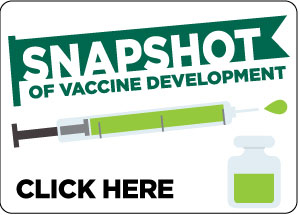 [2]BioMARC will begin manufacturing the vaccines by the end of the year, using a technique called Viral Replicon Particles, which does not use live or infectious viruses.
[2]BioMARC will begin manufacturing the vaccines by the end of the year, using a technique called Viral Replicon Particles, which does not use live or infectious viruses.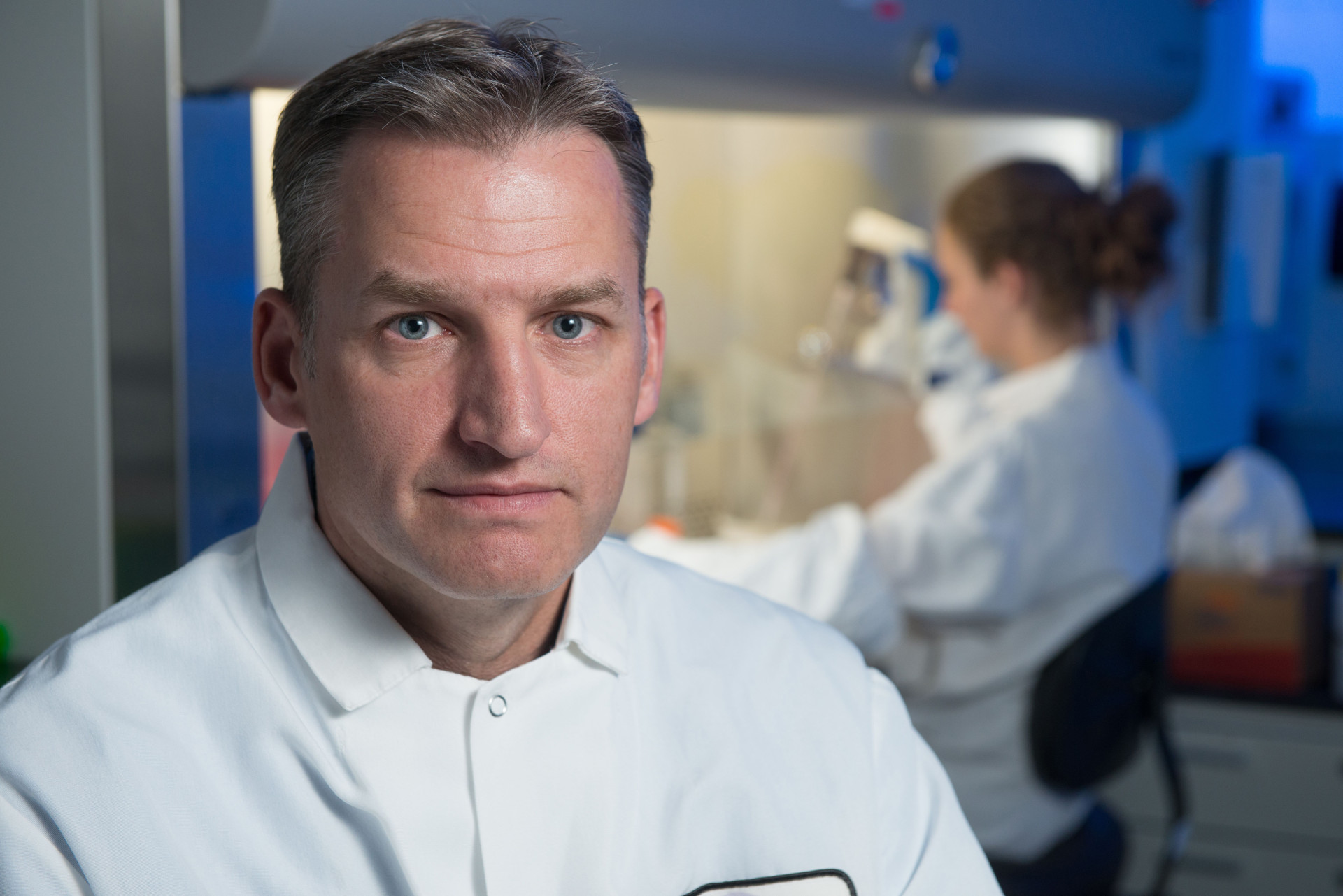
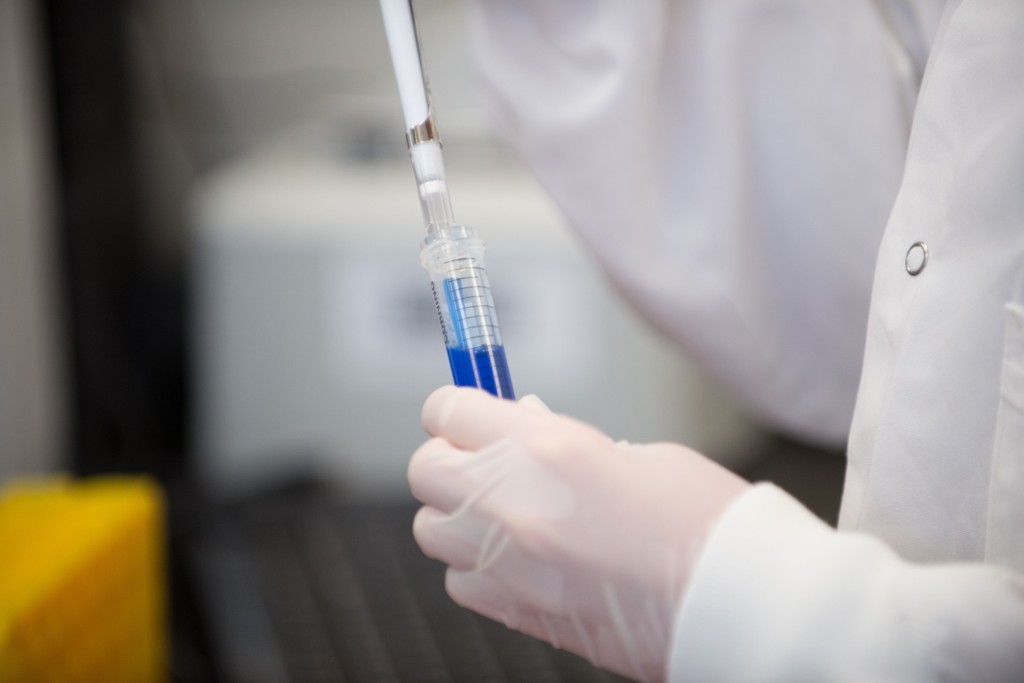
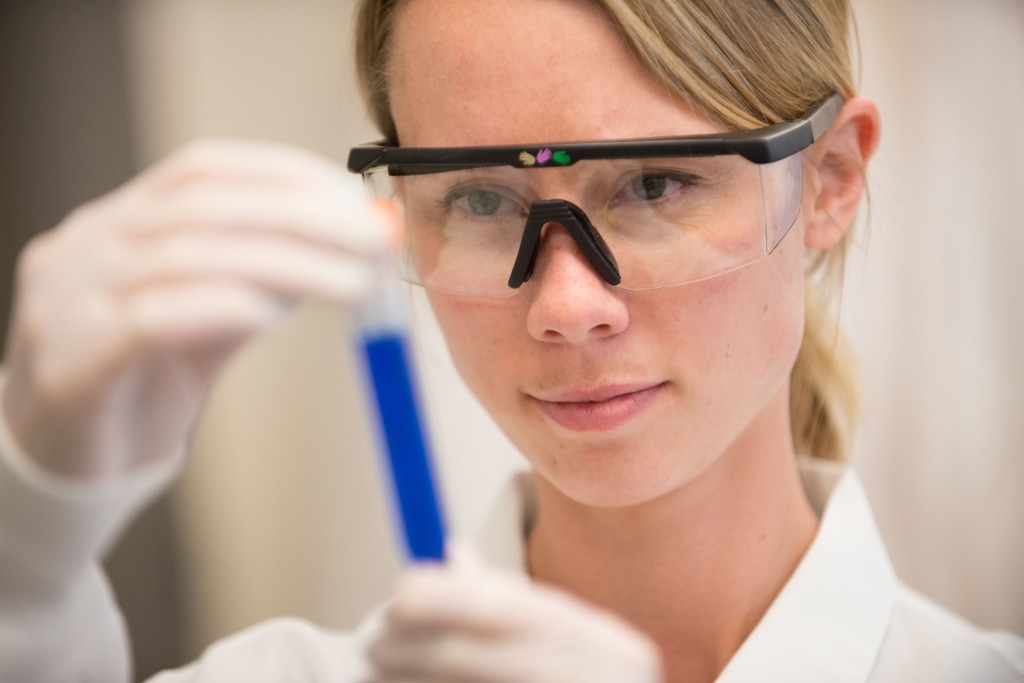
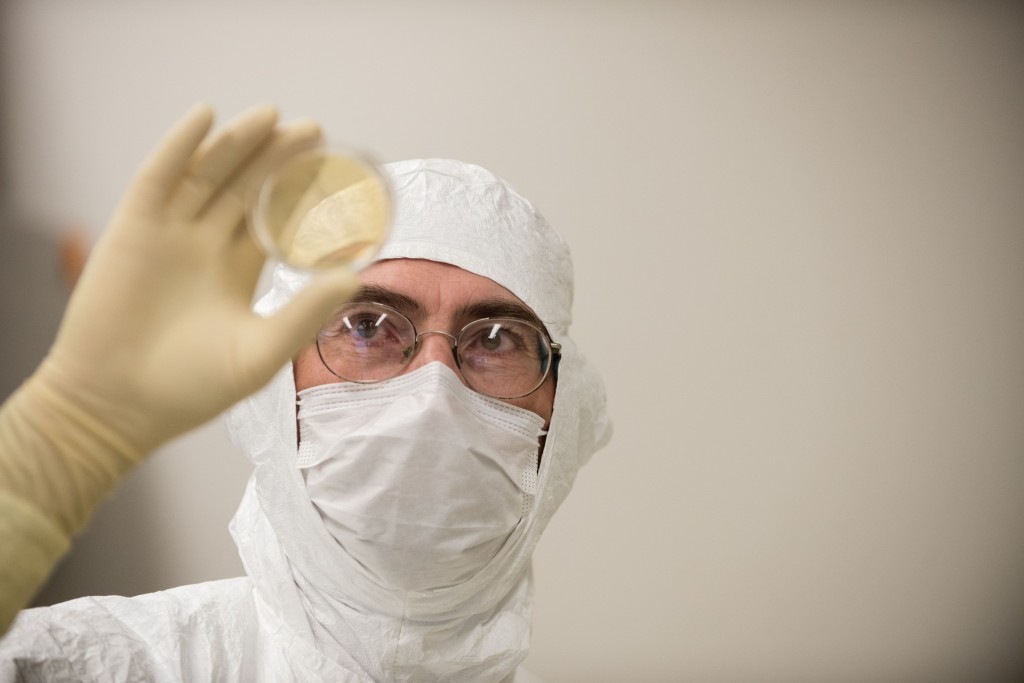
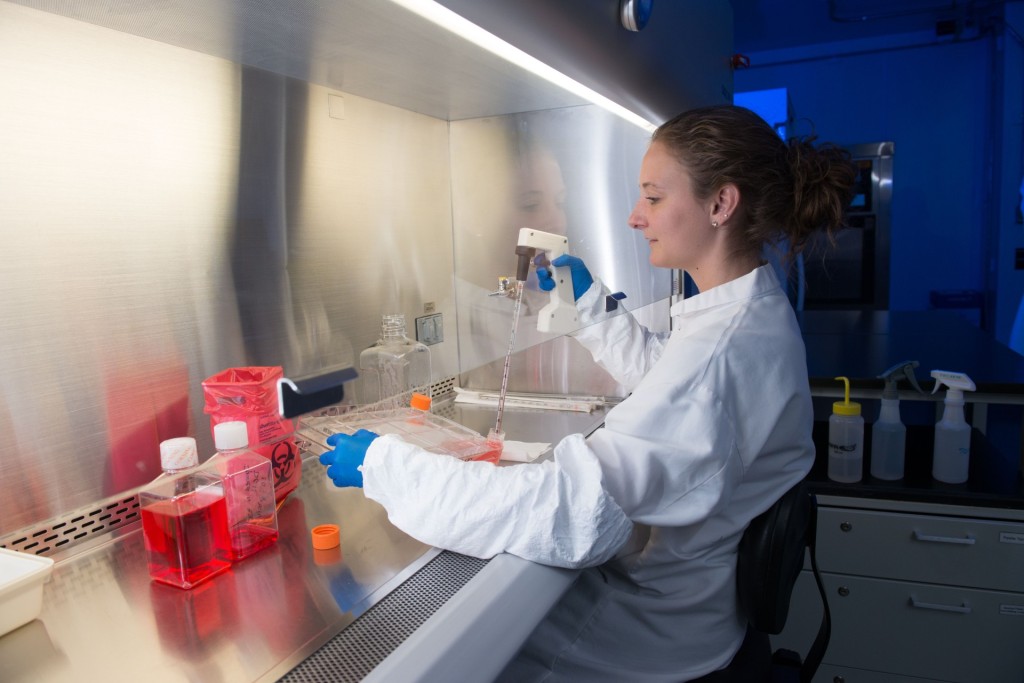
 [6]BioMARC is certified by the U.S. Food and Drug Administration as a Biosafety Level 3 Laboratory.
[6]BioMARC is certified by the U.S. Food and Drug Administration as a Biosafety Level 3 Laboratory. [7]
[7]
 [8]
[8]
 [9]
[9]
 [10]
[10]
 [11]
[11]